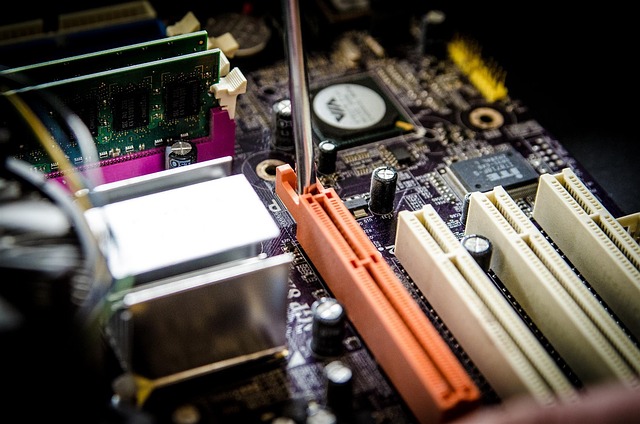
Technology
Technology, the application of scientific knowledge to the practical aims of human life—or, as it is sometimes phrased, to the change and manipulation of the human environment.
The term technology originates from the Greek words technē, meaning “skill or craft,” and logos, meaning “study or discourse.” It was first used in English during the 1600s and has undergone multiple shifts in meaning to reach its current usage.
Information technology
Their definition includes three main areas: methods for handling information, the use of mathematical and statistical approaches in making decisions, and the replication of complex reasoning via computer programs.
Depending on the technologies used for storing and processing information, the evolution of IT can be divided into four main stages: the pre-mechanical era (3000 BC – 1450 AD), the mechanical period (1450 – 1840), the electromechanical phase (1840 – 1940), and the electronic age (1940 to the present).
Stevens institute of technology
Undergraduates at Stevens can choose from the Bachelor of Engineering (B.E.), Bachelor of Science (B.S.), or Bachelor of Arts (B.A.) programs. These options provide students with a range of academic paths in technical and liberal arts disciplines.
At the graduate level, Stevens offers studies in engineering, science, systems, management, and the liberal arts. Advanced students can earn more than 50 different credentials, including graduate certificates, master’s degrees, and Ph.D. programs.
Blockchain technology
Private blockchains have been suggested for commercial applications. Computerworld criticized the promotion of these closed blockchains without a solid security framework, calling it “snake oil.”
On the other hand, some argue that carefully designed permissioned blockchains can be more decentralized and, as a result, potentially safer than public, permissionless ones. This suggests that proper design may enhance practical security.
Georgia institute of technology
The concept of establishing a technical school in Georgia emerged in 1865, during the Reconstruction era. This idea came about shortly after the Civil War as the state sought ways to rebuild and modernize.
Two former Confederate officers played a key role in this development: Major John Fletcher Hanson, a successful industrialist, and Nathaniel Edwin Harris, a politician who later became Georgia’s governor. Both had gained recognition as influential figures in the city of Macon.
Rochester institute of technology
In 1944, the institution adopted the name Rochester Institute of Technology, reinstated The Athenæum’s original 1829 charter, and evolved into a comprehensive research university.
The university was initially located in Rochester, New York, on a block enclosed by the Erie Canal, South Plymouth Avenue, Spring Street, and South Washington Street.
Florida institute of technology
The Southern Association of Colleges and Schools granted accreditation to the university in 1964, and in 1966 it officially adopted the name Florida Institute of Technology.
In 1967, the School of Aeronautics was introduced, with defense researchers and NASA representatives visiting to recruit students for the space program.
Massachusetts institute of technology
As of October 2024, MIT has been connected to 105 Nobel Prize winners, 26 recipients of the Turing Award, and 8 Fields Medalists, either as alumni, faculty, or researchers. The institution also counts 58 individuals honored with the National Medal of Science and 29 awardees of the National Medals of Technology and Innovation among its affiliates.
Additionally, MIT has been associated with 50 MacArthur Fellows, 83 Marshall Scholars, and 41 astronauts. The university’s network also includes 16 Chief Scientists of the U.S. Air Force and 8 foreign heads of state.
Technology news today
On Thursday, September 25, 2025, Amazon reported that their website recorded 38 crore visits during the initial two days of the Great Indian Festival 2025. This highlights the massive engagement the platform experienced at the start of the sale.
According to Amazon, more than 70% of these visits came from areas outside the top nine metropolitan cities. This shows that customers from smaller towns and cities are increasingly participating in the festival shopping.
Micron technology
In 1991, Micron attempted to break into the RISC processor market with a chip called FRISC, aimed at embedded control and signal processing tasks. Operating at 80 MHz, it was promoted as a 64-bit processor offering quick context switching and strong floating-point capabilities.
The architecture included features designed to handle interrupts efficiently and had an arithmetic unit capable of performing both integer and floating-point operations. Its designers claimed it could achieve a double-precision arithmetic throughput of 80 MFLOPS.




